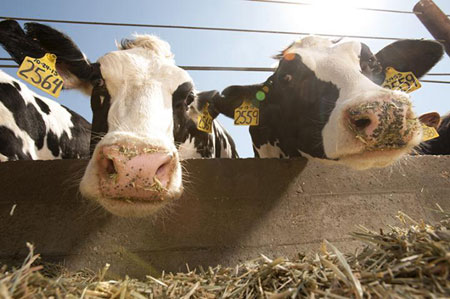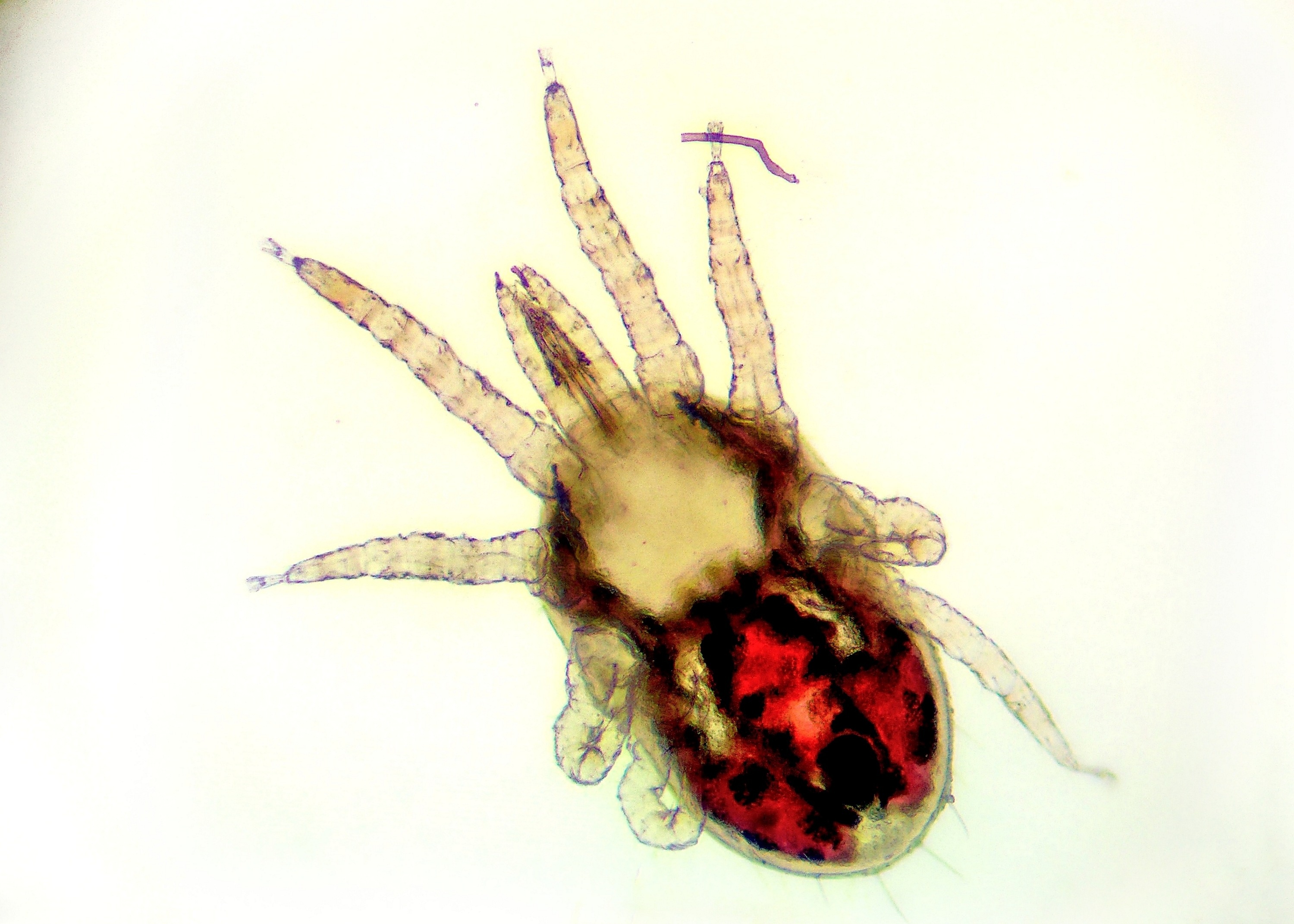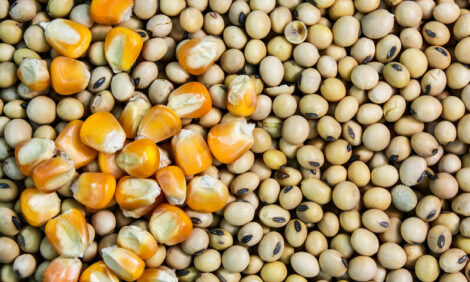



Farmers urged to carefully consider which parasitic treatments they use on cattle this winter
The Control of Worms Sustainably (COWS) group is urging farmers to consider the risk of anthelmintic resistance when treating cattle with pour-on parasitic treatments.Robert Smith, director at Farm First Vets, Abergavenny and a member of the Control of Worms Sustainably (COWS) steering group, urges farmers to consider the effect treatments they give for internal parasites at housing, might also be having on skin parasites.
“Most cattle producers apply a pour-on macrocyclic lactone (ML) anthelmintic at, or just after housing, to control gut worms and lungworm. These products also kill lice and mites,” says Mr Smith.

“But what if the treated cattle do not have a skin parasite problem, or only have them at levels low enough to have no ill effects? Using broad-spectrum products in this situation could be wasteful and encourage the development of resistance by any lice and mites that are treated.
“An alternative approach would be to give cattle a different class of wormer such as a white drench, which generally has good activity against gut and lung worms. Then only treat lice and mites if they are causing problems later on, with a product specific to them, for example a permethrin pour-on.
“Pour-on MLs are used by many farmers throughout the grazing season to control gut and lungworms, so using a different class of wormer at housing will help slow the development of resistance to MLs on the unit.”
Low numbers of lice – both chewing lice that feed on skin and hair, and sucking lice that feed on blood, are almost normal inhabitants of the dermis and the coat of cattle, especially in winter. Louse infestations can increase very rapidly and moderate infestations can be associated with mild chronic skin inflammation, but these are often well-tolerated. In heavier infestations there is intense itching with rubbing and licking and the welfare of the animal can be compromised. Heavy infestations often indicate an underlying chronic disease or nutritional issue.
Mites, like lice are permanent residents on their host – but seem to cause most problems in housed dairy cattle. Cattle mites feed on lymph, blood or sebaceous secretions, which they scavenge from the skin surface. Transmission is from host to host primarily by physical contact but may also occur through contact with a contaminated environment such as bedding or housing.

Bad infestations can result in severe dermatitis, known as mange. Chorioptic mange, is most common in the UK and is seen on the feet, legs, udder and tail-head, which may make heat detection tricky in cows.
“It is easy to see why farmers choose to use an ML pour-on product,” says Mr Smith. “It is less hassle to apply and will deal with gut and lungworms and any common skin parasites,” says Mr Smith.
“White drenches on the other hand, will only deal with gut and lungworms and ideally require running cattle through a crush with a head scoop and using a drenching gun.
“The COWS group aims to prevent a rise in anthelmintic resistance by encouraging farmers to treat only the parasites that are present, and to treat them with the right product at the right time.
Using a white drench may mean that more farmers see some lice and mite activity in their cattle over the winter months, but this could well be at tolerable levels.
“It is worth farmers talking to their vet or RAMA/SQP who can best advise them on what alternative products could be used at housing, taking into account the parasites present on their farm.”


